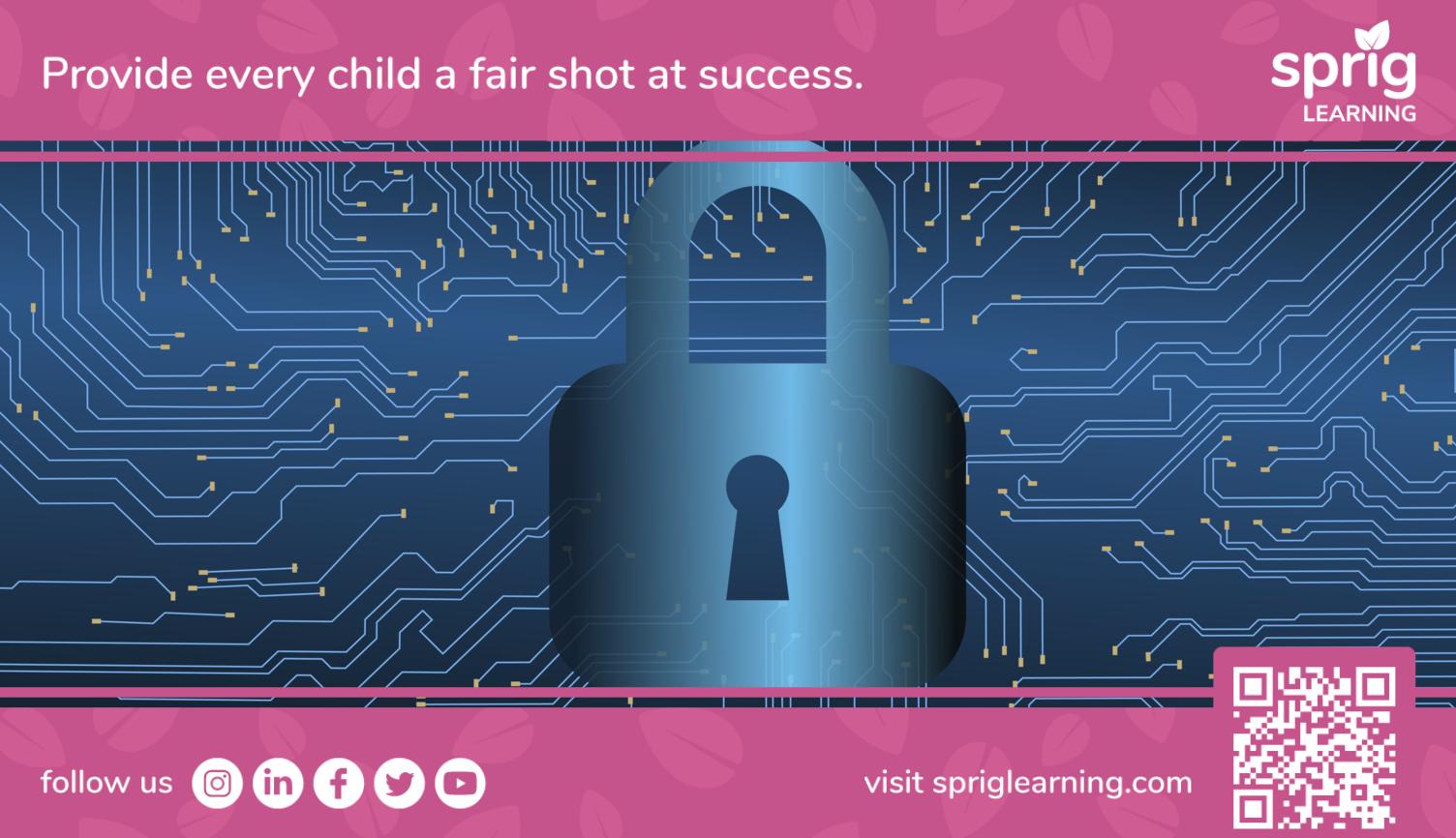The Ultimate Guide to Cybersecurity in Educational Institutions: Protecting Schools from Digital Threats
In today’s digital age, educational institutions are more connected than ever before.From online learning tools to digital record management and smart campus solutions, technology is now at the heart of every modern classroom. Though, these advancements also make schools prime targets for cyber attacks. This guide aims to offer a definitive resource on cybersecurity in educational institutions, outlining essential methods, best practices, and expert insights to safeguard schools from ever-evolving digital threats.
Why Is Cybersecurity Vital for Schools?
schools store vast amounts of sensitive data, including student records, financial information, and faculty communications. A successful cyber attack can lead to data breaches, financial losses, and even disrupt the learning process. The need for robust digital security in schools has never been more urgent.
- Protecting Sensitive Data: Student and staff personal information is a key target for hackers.
- Ensuring Learning Continuity: Ransomware attacks can paralyze school systems, halting education.
- Maintaining trust: A data breach can damage a school’s reputation and erode the trust of parents and students.
- Compliance: Regulatory requirements such as FERPA and GDPR mandate strong data protection strategies.
Common Cyber Threats Facing Schools
Understanding the types of threats that target educational institutions is the first step toward effective cybersecurity. Here are the most prevalent digital risks schools face:
- Phishing Attacks: Deceptive emails aiming to steal login credentials from staff and students.
- Ransomware: Malicious software that encrypts files and demands a ransom for decryption.
- Data Breaches: Unauthorized access to confidential school data, often leading to identity theft.
- Distributed Denial of Service (DDoS) Attacks: Overwhelming network traffic can shut down online learning platforms.
- Social Engineering: Manipulating individuals into sharing confidential information.
Best Practices for Cybersecurity in Educational Institutions
Securing a school’s digital environment requires a well-rounded approach that includes people, processes, and technology. Here are practical strategies every educational institution should apply to enhance cybersecurity:
1. Implement Comprehensive Security Policies
- Develop clear IT security policies and ensure all staff and students are aware of them.
- Regularly update guidelines to address emerging threats.
2. Conduct Ongoing Cybersecurity Training
- Host workshops for teachers, administrative staff, and students on identifying scams and phishing emails.
- Share updates on new cyber threats relevant to the education sector.
3. Deploy Advanced Security Tools
- Utilize firewalls and intrusion detection/prevention systems (IDS/IPS).
- Ensure all school devices have up-to-date antivirus and anti-malware software.
4. Enforce Strong Password and Authentication Policies
- Promote the use of complex, unique passwords for all users.
- Enable multi-factor authentication (MFA) wherever possible.
5. Maintain regular Data Backups
- Automate daily backups of critically important data to secure, off-site locations.
- test backups regularly to ensure data integrity and rapid recovery.
6.Update and Patch Systems Promptly
- Keep all operating systems, software, and applications fully updated to fix security vulnerabilities.
- Use centralized management tools to automate updates across school devices.
Benefits of Investing in Cybersecurity for Schools
Proactively addressing digital security in schools doesn’t just prevent threats – it delivers tangible benefits that affect the whole school community:
- Peace of Mind: Students, parents, and staff feel confident that data and systems are secure.
- Legal and Regulatory Compliance: Avoid punitive fines and sanctions with robust data protection.
- Improved Learning Experience: Technology remains a reliable and safe educational tool.
- efficient Incident Response: With the right protocols, the school can quickly identify and address breaches, minimizing damage.
Case Studies: Real-World Examples of Cyber Attacks in Education
To better understand the stakes, let’s look at some recent incidents that highlight the importance of school cybersecurity:
Case Study 1: Ransomware Attack on a school District
In 2022, a U.S. school district fell victim to a ransomware attack that encrypted student and staff records, forcing the school to shut down operations for a week. The incident led to costly recovery efforts and disruptions in teaching.
Case Study 2: Phishing Campaign in a University
A large university reported that hackers gained access to internal systems via a phishing email. Sensitive research data and student information were compromised, sparking an intensive audit and review of cybersecurity protocols.
Practical Cybersecurity Tips for Schools: What You Can Do Today
Enhancing school cybersecurity doesn’t require a massive budget—small changes can make a huge difference.Here are actionable tips every school can implement instantly:
- Audit Existing Systems: Start with a thorough review of yoru current IT infrastructure and uncover potential vulnerabilities.
- Establish a Cyber Incident response Plan: Make sure everyone knows their role if a cyber incident occurs.
- Limit Access Rights: Ensure users have access only to the information they need for their roles.
- Create a culture of Cyber Awareness: make digital safety part of the school’s regular discussions and training.
Cybersecurity Resources for Educational Institutions
there’s a wealth of resources available to help schools stay secure, including:
- StaySafeOnline.org – National Cyber Security Alliance resources for schools.
- Cybersecurity & Infrastructure Security Agency (CISA) – Dedicated resources for education facilities.
- U.S. Department of Education – Cybersecurity
Conclusion: Building a Resilient Digital Future for Schools
the challenge of cybersecurity in educational institutions is complex, yet it’s critical for the protection of students, staff, and data. By understanding the threats, implementing best practices, and fostering a culture of cyber awareness, schools can minimize their risks and build a safe and resilient digital learning environment. Start strengthening your school’s cybersecurity posture today and pave the way for secure, confident learning.
For more expert tips and guidance on school cyber safety, bookmark this guide and share it with your community!

